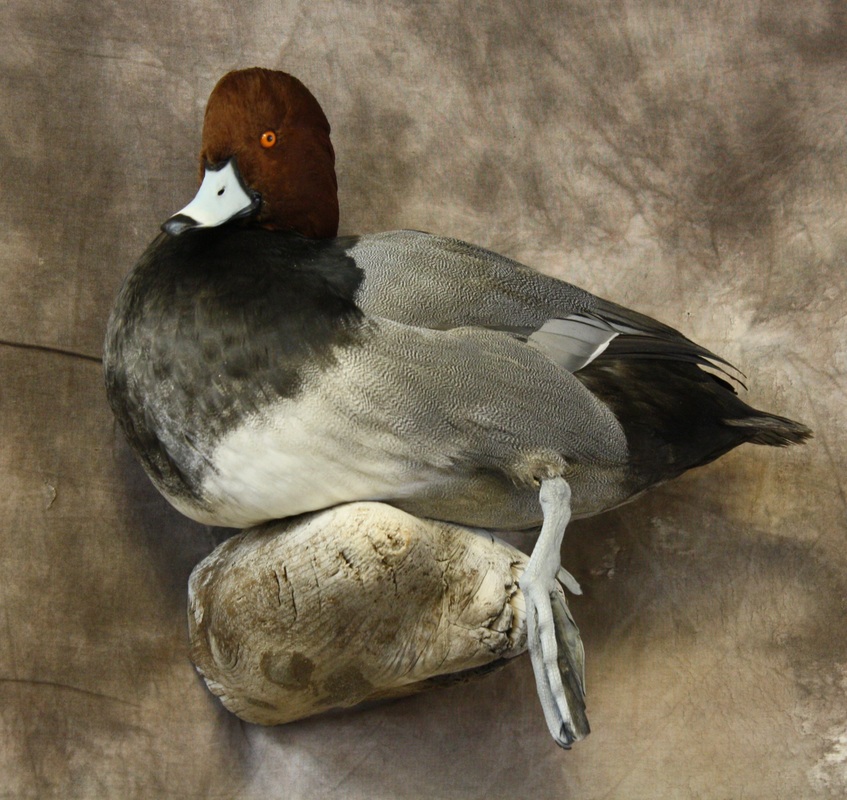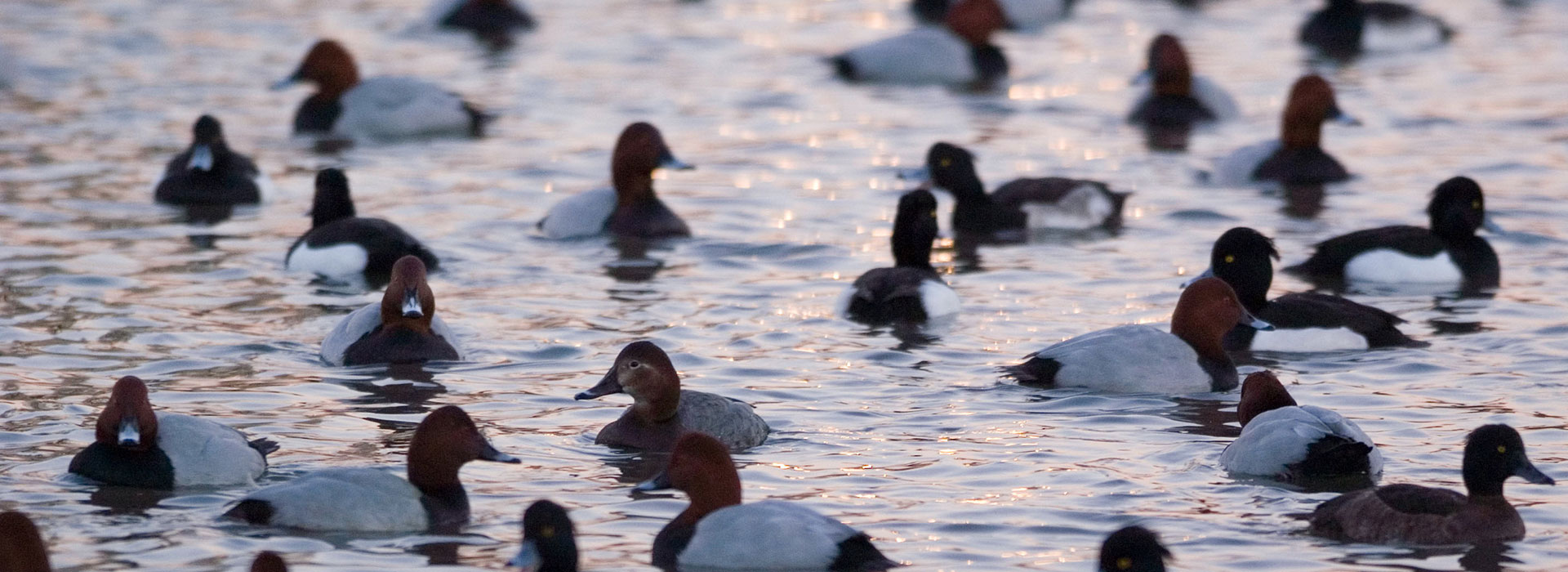
Aside from dabbling, they also graze on land. Also, they may reside in tidal marshes, and when they want to hide from hunters, they stay on conservation land.Īmerican Black Ducks can look for food on both land and water. They are also seen in forested swamps, beaver ponds, agricultural fields, and flooded woods. Ordinarily, they inhabit salt marshes, lakes, ponds, and estuaries. You can find American Black Ducks in many different habitats. Some remain all year in northeastern US states. They breed in eastern Canada and spend the winter in eastern US states.
#Diver duck sounds Patch#
The only bright colors on their bodies are the blue-purple patch on their wings and their red-orange legs.Īmerican Black Ducks are found in eastern regions. Males have a yellow bill, and females have an olive one. Males and females have the same dark brown bodies and pale brown heads. They’re quite possibly the heaviest ducks in the species. They appear in 4% of summer and 7% of winter checklists.Īmerican Black Ducks are large, heavy ducks from the Anas family. They are very long-lived, and they have been recorded at 27 years old.Īmerican Black Ducks are found all year in Canada. They are dabbling ducks that feed on water plants and do not dive. Mallards are one of the most commonly spotted and recognizable ducks that will happily be fed on ponds and rivers. Those that breed in Canada and Alaska head south to the southern United States and northern Mexico. Mallards remain all year in most of the lower 48 and the western coast of Canada and Alaska.

They have a curl of tail feathers and a blue patch on the wings bordered with white which is called a speculum.įemales and juveniles are mottled brown with orange bills but still have the blue speculum. They also have bright yellow bills and gray bodies with brown breasts and black towards the tail. Mallards are large ducks, and the males have striking green heads. They are recorded in 30% of summer and 21% of winter checklists submitted by bird watchers for the country. Mallards are very common in Canada and can be spotted all year. There is still some debate about whether some of these ducks should be included in a different subfamily, and these include Wood Ducks, Mandarin Ducks, and Muscovy Ducks.

They also feed on land for seeds and grain or insects. They sweep their heads from side to side while taking small ‘bites’ or ‘nibbles’ of the water to filter out plants. Dabbling Ducks (11 Species)ĭabbling ducks are freshwater ducks that feed on the surface of the water or by tipping up with their heads into the water and their rears into the air. There are 11 types of dabbling ducks, 7 types of diving ducks, and 12 types of sea ducks that have been spotted in Canada. This guide will help you identify the types of ducks spotted in Canada that are classed as regularly occurring according to avibase and the American Birding Association and uses data collected from bird watchers on ebird to give real information about when these birds can be spotted.ĭucks By Season Ducks In Canada By Seasonĭucks in Canada all year: Mallard, American Black Duck, American Wigeon, Green-winged Teal, Wood Duck, Gadwall, Northern Shoveler, Northern Pintail, Bufflehead, Ring-necked Duck, Lesser Scaup, Greater Scaup, Redhead, Canvasback, Common Goldeneye, Hooded Merganser, Red-breasted Merganser, Common Eider, Surf Scoter, White-winged Scoter, Barrow’s Goldeneye, Harlequin Duck, Black Scoter, King Eiderĭucks in Canada in summer: Blue-winged Teal, Cinnamon Teal, Ruddy Duckĭucks in Canada in winter: Eurasian Wigeon, Long-tailed Duck Types Of Ducks In Canada: All domesticated ducks are descended from the mallard. Female ducks are either called ducks or hens. Male ducks are called drakes, and they are more colorful than females.


They will eat plants both in the water and on land.ĭucks have hard pointed structures called lamellae around the edge of their beaks that look with teeth which they use to grasp vegetation and filter food through the water. Also, get a guide to help you identify ducks using clues such as ‘where is the white’ at the end of this article.ĭucks belong to many subfamilies, which also include swans and geese, but there is some debate and changing family groups for some species.ĭucks are omnivores and eat both plants and animals, especially insects, crustaceans, and small fish. This guide will help you identify all the species of ducks that can be spotted in Canada with photo IDs and descriptions, audio recordings of their calls, fun facts, and more. Most people know a few duck species but I bet you’re surprised by the number of duck species that can be spotted in Canada.


 0 kommentar(er)
0 kommentar(er)
